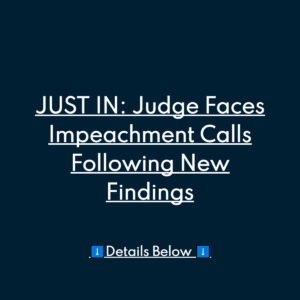Assembly Minority Leader James Gallagher (R-Yuba City) introduced the plan Wednesday at a news conference in Sacramento, unveiling a map for what he called “The Two State Solution.”
The measure, Assembly Joint Resolution 23, would have to clear the state Legislature and Congress under Article IV, Section 3, of the U.S. Constitution. Democrats hold supermajorities in both chambers of the Legislature, leaving Republicans with little chance of advancing the plan without Democratic support.
The legislation’s text reads, in part, as follows:
WHEREAS, California, the most populous state in the nation, has nearly six times the average population of the 50 states. However, this population is highly concentrated in certain urban and coastal areas, particularly in southern California; and…
WHEREAS, As the nation’s third largest state by geography, California spans an area more than twice the size of the average state…
WHEREAS, The right of a people to self-determination through the creation of a new state has long been a fundamental principle of American democracy and is consistent with the principles of federalism as outlined in the United States Constitution; and
WHEREAS, Dividing California into two smaller states would better serve the citizens by fostering governance that is more responsive and representative.
Gallagher said the proposal reflects the growing divide between California’s coastal regions, dominated by Democrats, and inland communities that tend to vote Republican.
“I want to take a step back from all of the chaos we had and talk about the forgotten people of California,” Gallagher said. “Whether you are from the North State, Central Valley or the Inland Empire, life has become harder and completely unaffordable. We have been overlooked for far too long, and now they are trying to rip away what little representation we have left.”
The proposed new state would cover about 10 million residents across a swath of inland California. It would include Northern California counties such as Siskiyou, Modoc, and Del Norte; much of the Central Valley; and Southern California’s Inland Empire counties of Riverside, San Bernardino, and Imperial. Coastal counties, including Los Angeles, San Francisco, and others, would remain part of the existing state.
Gallagher said the new state would provide relief for inland residents who feel overburdened by regulations. He pointed to trucking regulations in the Inland Empire, rising utility bills, and housing costs as examples. He also criticized environmental policies, including the reintroduction of gray wolves, which he said have harmed ranchers.
The push for secession comes as Democrats prepare to put Proposition 50 on the Nov. 4 ballot in a special election. That measure would redraw congressional district boundaries to give Democrats five additional House seats to counterbalance five Republican seats gained by Texas in its redistricting. Gallagher argued Proposition 50 would “completely strip people in inland counties of their representation.”
Republicans also framed the plan as part of a longer history of efforts to divide California. Gallagher’s resolution noted that in 1859, voters approved splitting the state, though Congress did not act due to the Civil War.
“There have been difficulties in achieving equitable political representation,” the resolution stated, adding that residents in Northern California and inland regions have long been frustrated by laws imposed by the more populous coastal areas.
Gallagher acknowledged the proposed map is not final. “Orange County, I hear you,” he said, noting that the heavily Republican county would remain part of California under the current version. He added that some communities included in the proposal might not ultimately want to be part of a new state.
Gov. Gavin Newsom and Democratic leaders have not yet responded to the proposal. Under the Constitution, any new state requires approval from both the existing state’s legislature and Congress, a process that has rarely advanced. The last successful example was the creation of West Virginia in 1863.
Gallagher said the measure is aimed at giving inland Californians a stronger voice.
“It’s time to secede from California because of a Legislature that has done nothing to make the state more affordable,” he said.





